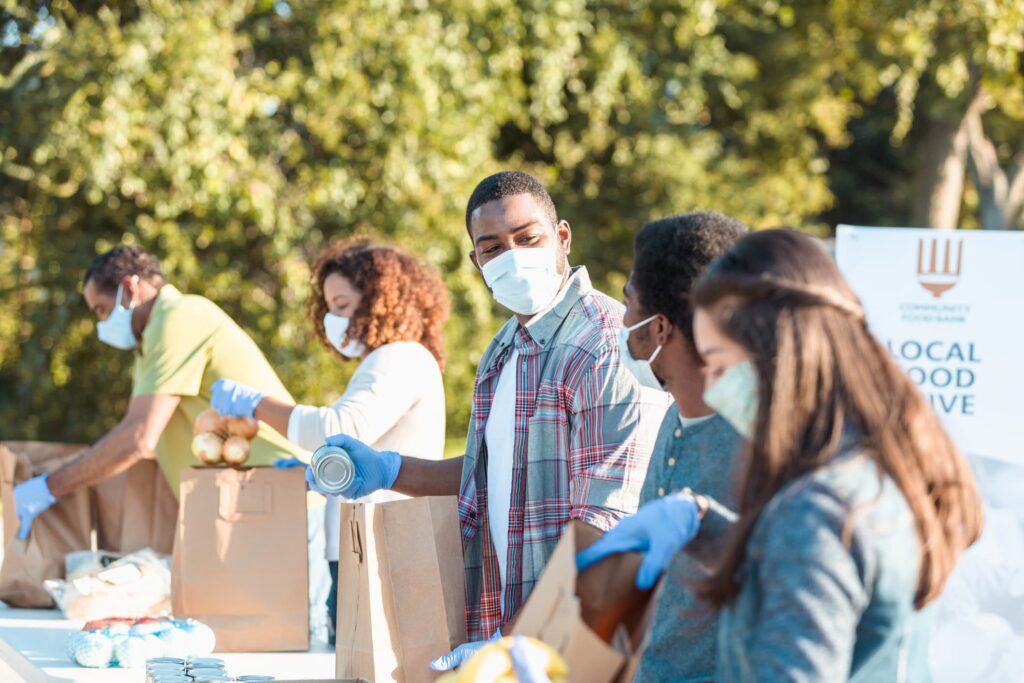Creating a lasting legacy through charitable giving is a profound way for individuals to make a long-term impact on causes they care about deeply. Legacy giving allows donors to contribute to the future sustainability of nonprofit organizations, ensuring that their values and passions continue to influence the world even after they are gone. This type of giving can take many forms, from bequests in wills to establishing endowments, and it plays a crucial role in the financial health and longevity of charitable organizations. By taking thoughtful steps, donors can ensure their contributions leave a meaningful and enduring mark.
The Importance of Planning
Effective legacy giving begins with thoughtful planning. Donors should start by identifying the causes that resonate most deeply with them and consider how they want their contributions to be used. This might involve supporting specific programs, funding scholarships, or contributing to capital campaigns. By clearly defining their philanthropic goals, donors can create a giving plan that aligns with their values and ensures their legacy has a meaningful impact.
Consulting with financial advisors and legal professionals is also an essential step in the planning process. These experts can help donors understand the various options for legacy giving, such as bequests, charitable trusts, and donor-advised funds. They can also provide guidance on tax benefits and ensure that the donor’s wishes are legally documented and executed. Proper planning not only maximizes the impact of the donation but also provides peace of mind to the donor and their family. Additionally, it’s important to consider the timing of the donation, whether it will be made during the donor’s lifetime or as part of their estate plan, as each approach has different financial and tax implications.
Building a Relationship with the Beneficiary Organization
Establishing a strong relationship with the beneficiary organization is crucial for creating a lasting legacy. Donors should engage with the organization to understand its mission, goals, and long-term needs. This relationship can provide valuable insights into how their contributions can be most effectively utilized. Regular communication with the organization also ensures that the donor’s intentions are clearly understood and honored. By visiting the organization, attending events, and meeting with leadership, donors can gain a deeper understanding of the organization’s work and how their gift can make a significant difference.
Donors can work with the organization to create a legacy plan that outlines the specific use of their gift. This might include setting up an endowment, funding a particular project, or supporting ongoing operational needs. By collaborating closely with the organization, donors can ensure that their legacy gift is managed effectively and continues to support the cause in perpetuity. It’s also beneficial for donors to periodically review and update their legacy plans to reflect any changes in their philanthropic goals or the needs of the organization.

Inspiring Others Through Legacy Giving
One of the powerful aspects of legacy giving is its ability to inspire others. When individuals see the lasting impact of a legacy gift, they are often motivated to consider their own philanthropic contributions. Donors can amplify this effect by sharing their stories and reasons for giving. This can be done through testimonials, speaking engagements, or written reflections. By publicly discussing their legacy plans, donors not only leave a lasting impact on the organization but also encourage a culture of giving within their communities. Donors might also choose to involve their families in their legacy giving plans, fostering a tradition of philanthropy that spans generations.
Organizations can honor legacy donors through recognition programs, such as naming opportunities or special acknowledgments in annual reports. These gestures not only show appreciation but also highlight the importance of legacy giving to the organization’s sustainability. Celebrating legacy donors in this way can further inspire others to consider how they, too, can leave a lasting legacy. Hosting events to honor legacy donors and share their stories can also create a ripple effect, encouraging more individuals to engage in legacy giving.
Conclusion
Creating a lasting legacy through charitable giving is a meaningful way to ensure that one’s values and passions continue to make a positive impact long into the future. By carefully planning their philanthropic goals, building strong relationships with beneficiary organizations, and inspiring others through their actions, donors can leave a legacy that supports and sustains the causes they care about most. Legacy giving is a powerful testament to the enduring influence of generosity and the profound difference it can make in the world. It not only secures the future of the organizations and causes close to the donor’s heart but also serves as an inspiration for future generations to continue the tradition of giving and making a difference.



